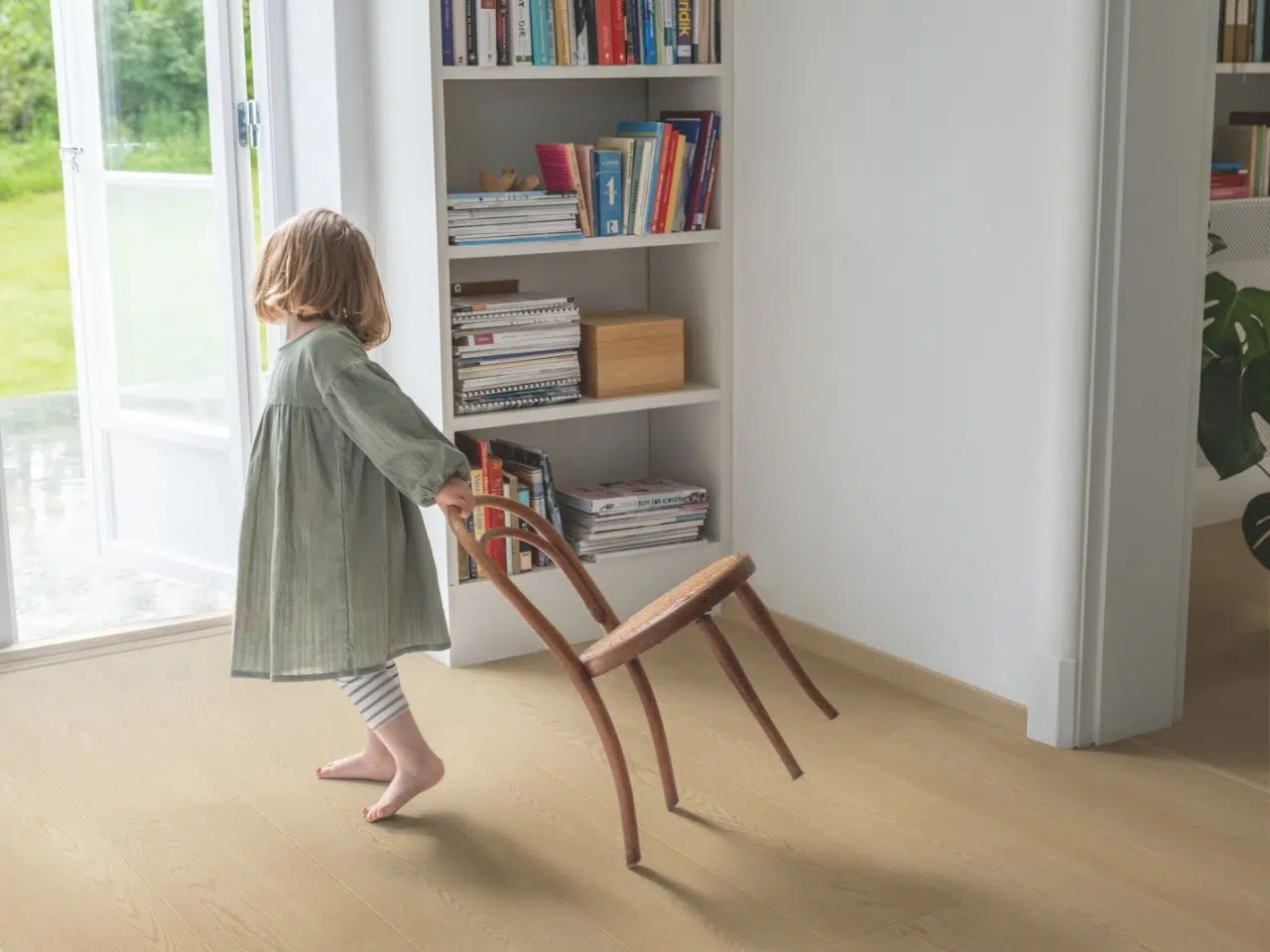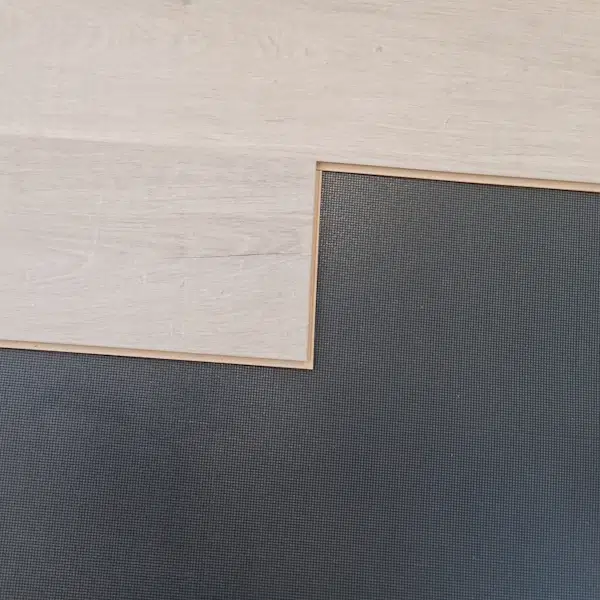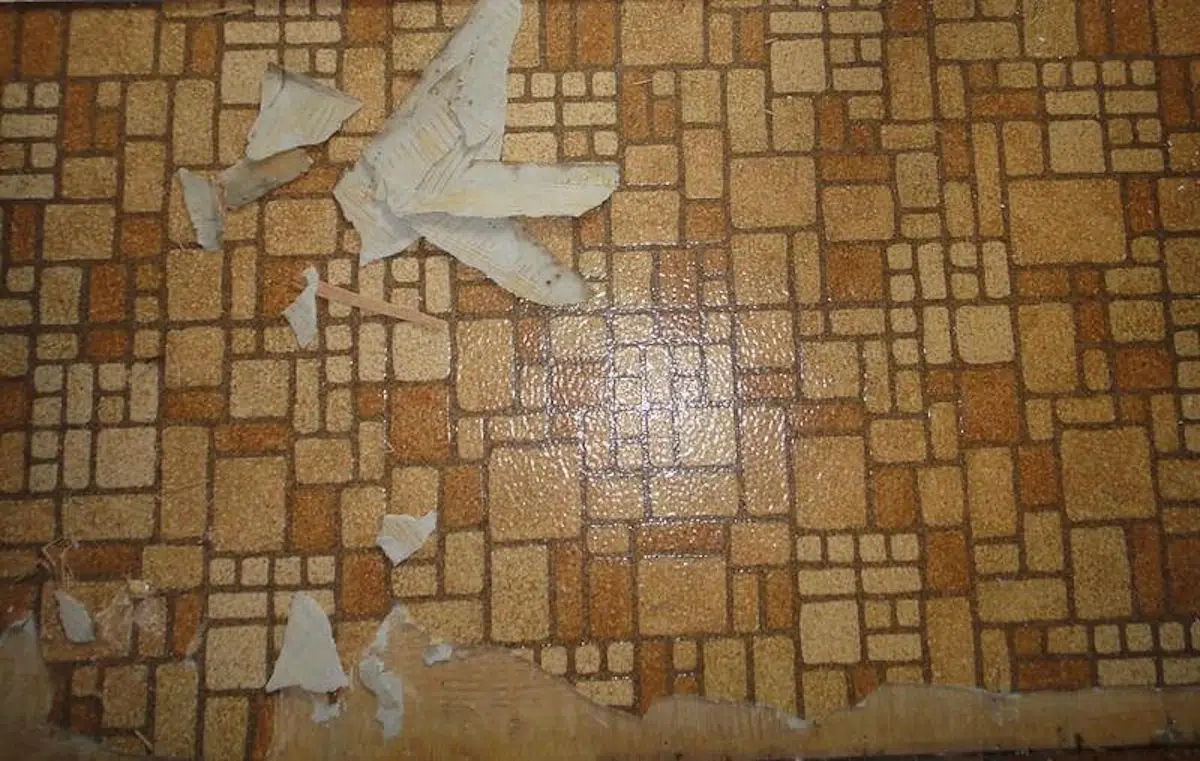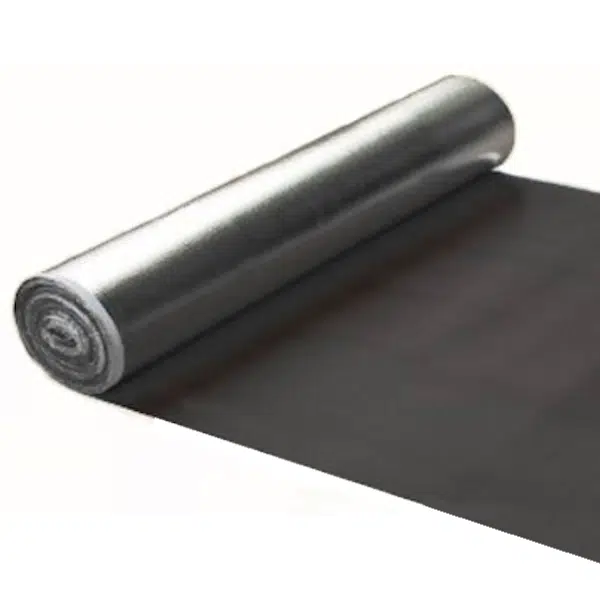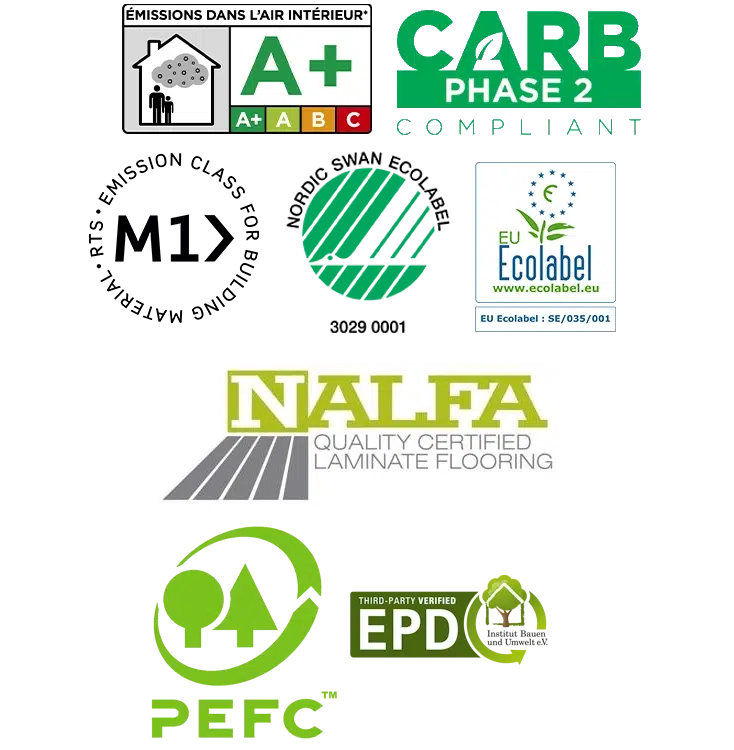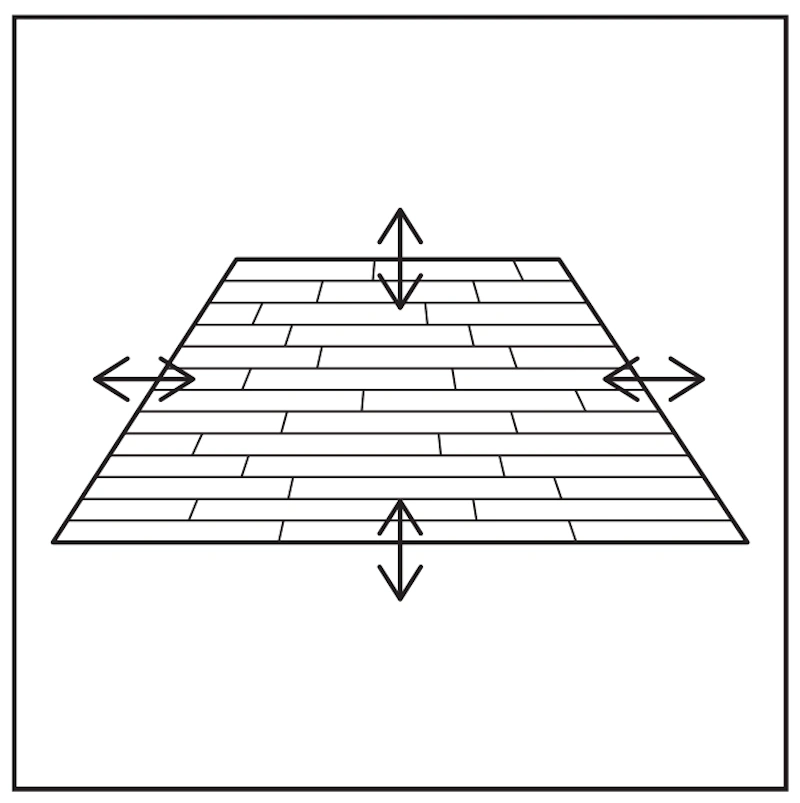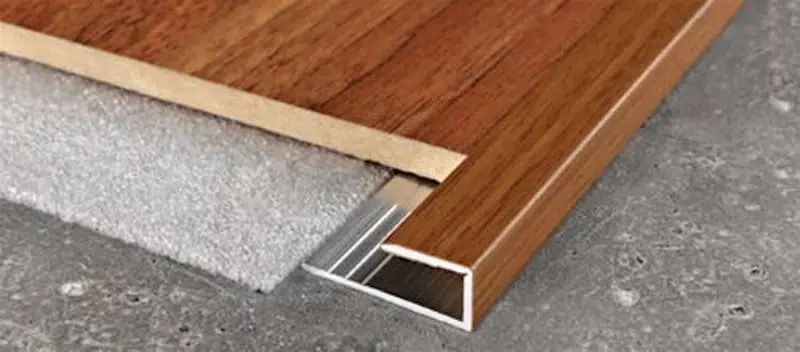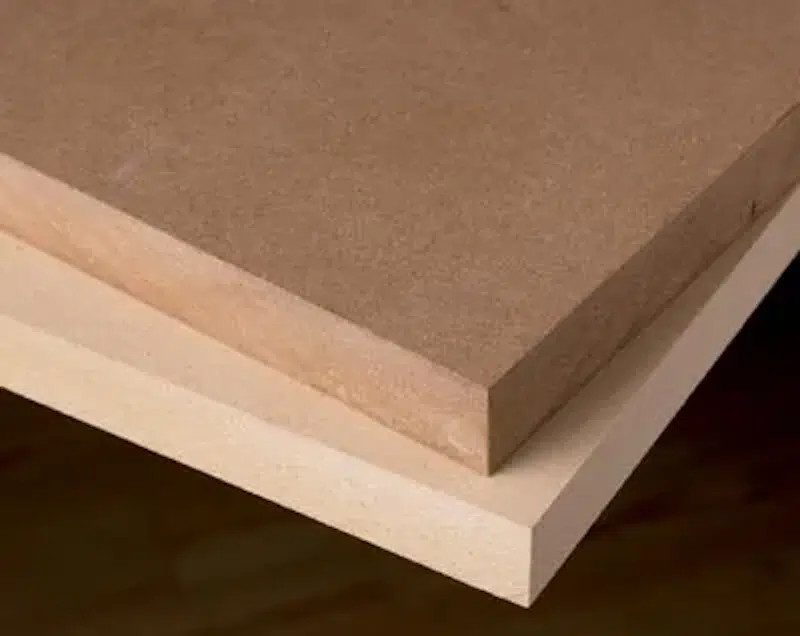Are you seeking flooring that seamlessly mimics the look of real timber while offering unmatched durability? Pergo Odense Laminate Flooring is the next generation in laminate, setting new standards for elegance and practicality in your home.
Realistic Timber Aesthetic
Pergo Odense boasts extra wide and long planks with an incredibly high repeat pattern, creating a strikingly authentic timber appearance. Each plank is meticulously crafted to capture the warmth and natural beauty of real wood, making it difficult to discern from the genuine article.
Enduring and Easy to Maintain
What sets Pergo Odense apart is its exceptional durability and minimal maintenance requirements. Unlike traditional timber, this laminate flooring is waterproof, making it suitable for any area of your home, including moisture-prone spaces like kitchens and bathrooms. No more worries about spills or pet mishaps—Pergo Odense can handle them effortlessly.
Pet-Friendly Assurance
For households with pets, Pergo Odense offers peace of mind with its dedicated pet warranty. This means that even in high-traffic zones or homes with active pets, your floors are shielded against scratches and wear, preserving their beauty for years to come.
Resistant to Scratches and Easy to Clean
Pergo Odense is not only scratch-resistant but also remarkably easy to maintain. In most cases, a simple dry mop or vacuuming is all that’s needed to keep your floors looking their best. This hassle-free maintenance routine ensures that your Pergo Odense Laminate Flooring retains its pristine appearance with minimal effort on your part.
Trendsetting Color Palette
Pergo Odense doesn’t just deliver durability and realism—it also brings contemporary style to your space with its range of on-trend colors. Whether you prefer classic wood tones or modern hues, Pergo Odense offers options that seamlessly complement your interior design vision.
Explore Pergo Odense Today
Ready to transform your space with Pergo Odense Laminate Flooring? Visit us today to experience firsthand the beauty, durability, and style that Pergo Odense brings to every room. Say hello to flooring that exceeds expectations and turns your home into a sanctuary of sophistication and comfort.


